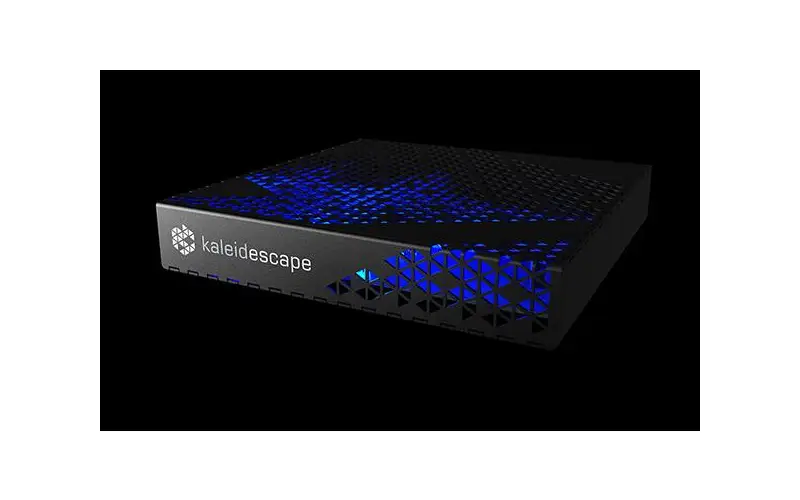By CE Critic - Buy Better Tech
Table of Contents
- Introduction: Big News for Data Hoarders
- How Traditional Optical Discs Work
- The Problem with Optical Storage (Until Now)
- The Breakthrough: 3D Nanoscale Optical Storage
- Putting "Petabyte" into Perspective
- Implications for Home Theater Enthusiasts
- Challenges and the Road Ahead
- Conclusion: Is This the Ultimate Archival Solution?
Introduction: Big News for Data Hoarders
Hold on to your Blu-ray collections, folks! Researchers in China have just cracked the code on storing an absolutely mind-boggling amount of data on a single optical disc. We're talking about squeezing a petabyte – that's 1,000 terabytes or over a million gigabytes – onto a disc no bigger than your standard DVD. This game-changer makes those bulky hard drives and cloud storage subscriptions suddenly look a bit less appealing.
How Traditional Optical Discs Work
Let's do a quick recap on how those shiny CDs, DVDs, and Blu-rays work their magic. Essentially, they store data as tiny pits and bumps arranged in a spiral track on a single reflective layer. A laser in your optical drive reads these bumps as binary code – those beloved 1s and 0s.
The Problem with Optical Storage (Until Now)
Optical discs have always been a favorite for their affordability and long lifespan. But here's the catch: the amount of data you can cram onto them is seriously limited. Even a Blu-ray disc, the current king of consumer-grade optical storage, maxes out at around 50GB for a dual-layer disc. That's hardly enough to back up your 4K movie collection, let alone store a lifetime of digital memories.
The Breakthrough: 3D Nanoscale Optical Storage
This is where the Chinese researchers' breakthrough comes in. They've developed a way to stack up to 100 layers of data within a space so small it makes a standard disc look chunky by comparison. The secret sauce is a fancy new material called AIE-DDPR and some seriously precise lasers that can write data at the nanoscale.
Putting "Petabyte" into Perspective
Okay, let's get real for a second. Imagine being able to:
- Store your entire high-resolution movie collection, including all those director's cuts and bonus features, on a single disc with room to spare.
- Back up your computer's entire contents, decade after decade, without ever running out of space.
- Create a personal archive of photos, videos, and documents that would make your local library jealous – all on discs that will likely outlive you.
Implications for Home Theater Enthusiasts
For collectors like us, this technology is potentially revolutionary. Here's why:
- The Ultimate Archival Format: With petabyte-level capacities and lifespans potentially reaching a century, these discs could be the holy grail for preserving our precious movie libraries. Imagine handing down a single disc containing your entire collection to the next generation.
- Space-Saving Storage: Say goodbye to those towering stacks of discs cluttering up your shelves.
- Cost-Effectiveness: If these discs can be produced cheaply, storing your entire collection could become incredibly budget-friendly over the long run.
Challenges and the Road Ahead
Of course, it's not all smooth sailing just yet. Researchers admit challenges exist when it comes to scaling this tech up to real-world use. They'll need to boost writing speeds and find ways to make the process more energy-efficient.
Conclusion: Is This the Ultimate Archival Solution?
It's still early days, but the potential of 3D nanoscale optical storage is undeniable. If researchers can overcome the hurdles, it could usher in a new golden age for optical discs, where long-term archival and massive collections become accessible to everyone. As someone who treasures my physical media, I'll be watching this space with bated breath.





